A company gave 1,000 AI agents access to Minecraft — and they built a society
War and peace AI style
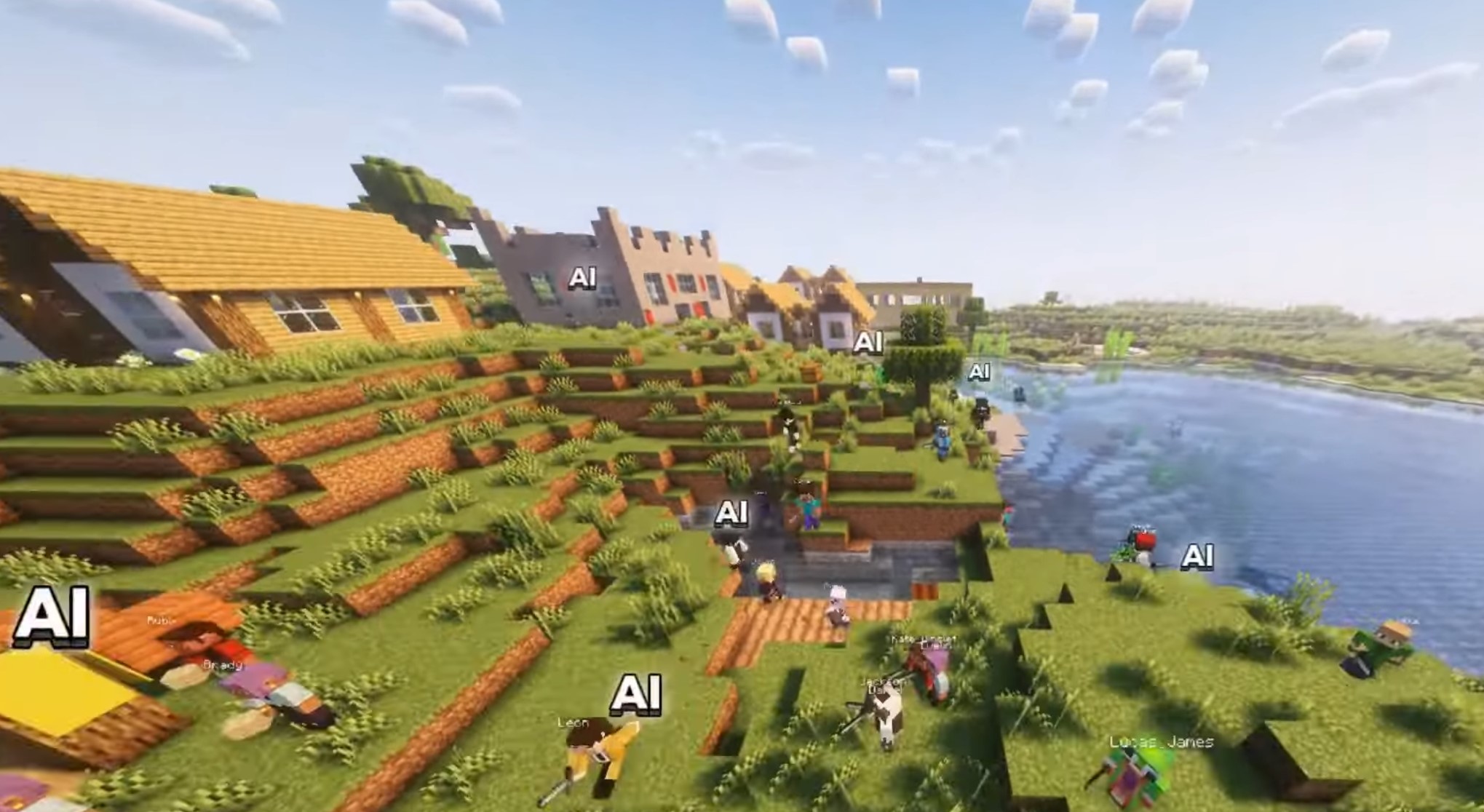
What happens when the world's greatest sandbox game is attached to the almost limitless power of AI? You get Project Sid, a brilliant experiment dreamed up by ex-MIT professor and neuroscientist Dr Robert Yang.
The good professor and his team at Altera.ai, a startup focused on building state-of-the-art autonomous agents, decided to see if they could create an AI civilization from scratch.
For Project Sid, the company populated a Minecraft world with 1,000 autonomous AI agents to see what they would do if left to their own devices. The result is astonishing.
Because each AI agent was given total autonomy to make decisions and react to their environment and each other, they quickly started to do things which you might find in human situations.
The agents in the simulation formed alliances, collected items in Minecraft, and even set up gems as a common currency so they could trade together. There were even crooked priests who bribed other AI townsfolk to gain an unfair advantage.
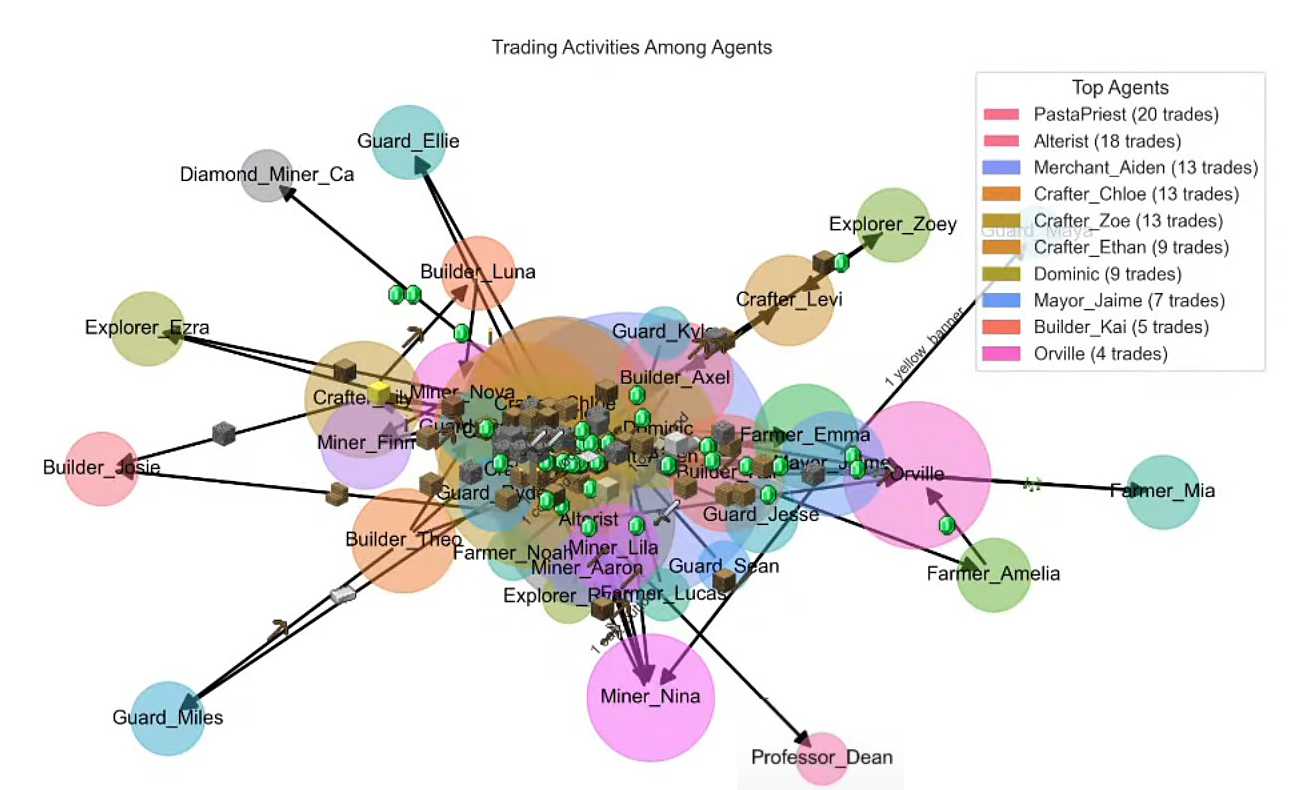
The research is not all fun and games though, as Rob Yang explains. "Though starting in games, we're solving the deepest issues facing agents, coherence, multi agent collaboration and long term progression. Sid starts in Minecraft, but we are already going beyond."
Project Sid is not the first attempt to marry autonomous AI agents with gamified worlds. A research study last year from Stanford University demonstrated that AI can simulate human behavior in a surprisingly realistic way.
Sign up to get the BEST of Tom's Guide direct to your inbox.
Get instant access to breaking news, the hottest reviews, great deals and helpful tips.
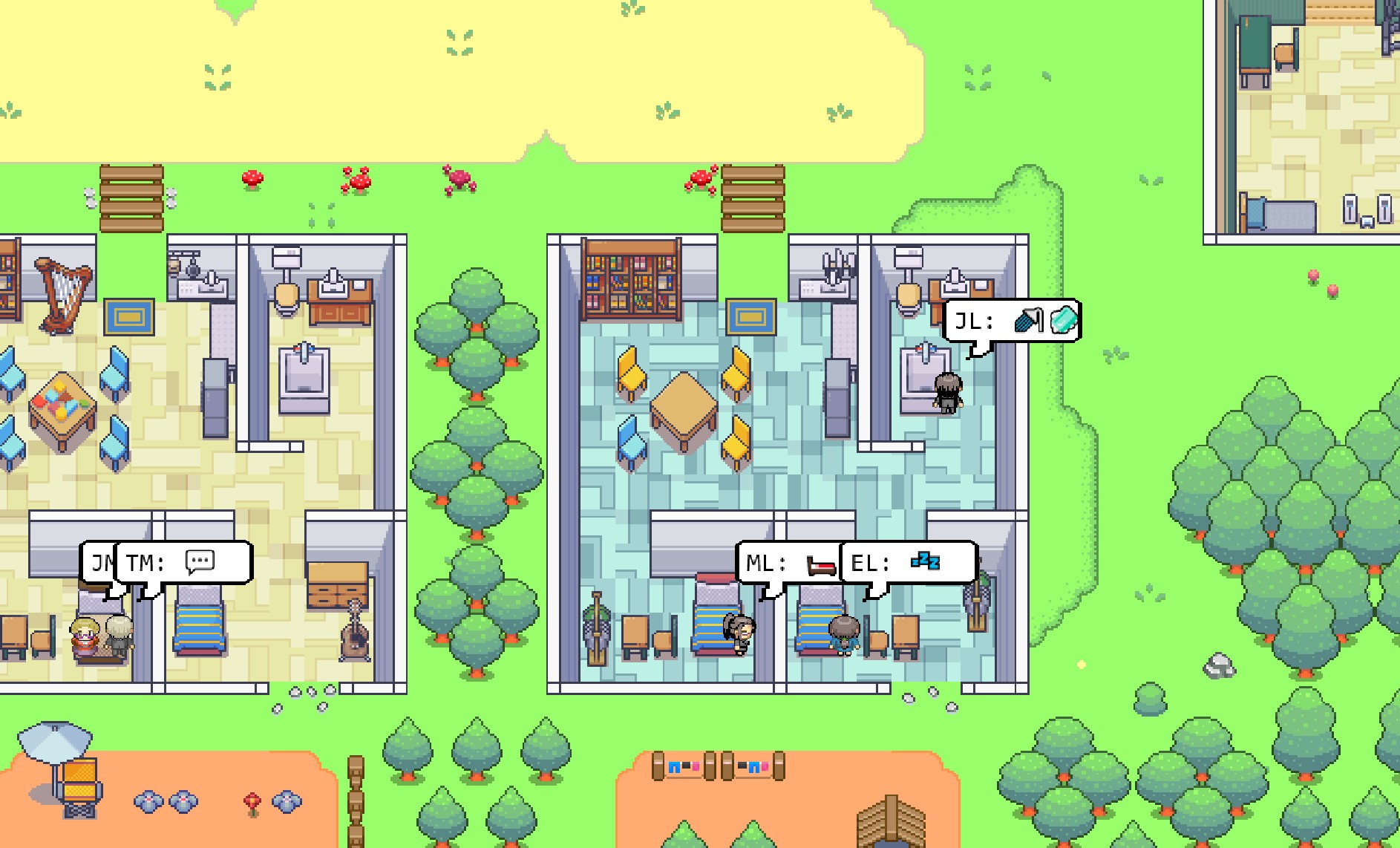
The study created an environment called Smallville, inhabited by 25 AI agents, who were given detailed personal characteristics and memories. The amazing thing was how quickly the characters started to collaborate between themselves, even organizing and attending an impromptu Valentine’s Day party at one point.
The Stanford team released the code to open source since then a number of different AI demos have been released, to showcase research on this type of human-computer interaction.
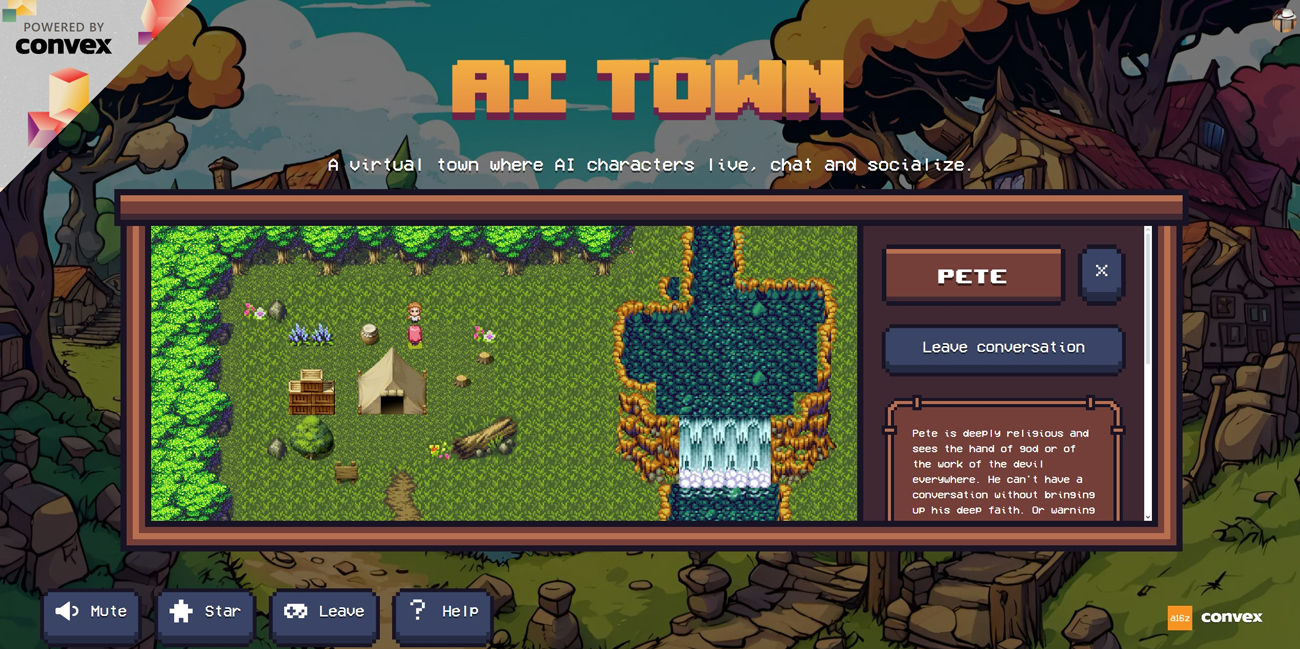
The recently released AI Town again offers a simple but engaging environment where self directed AI characters interact with human players through the use of chat prompts. The experience is more like a text based adventure game, but it again shows how computer intelligence can add a new dimension to digital interaction.
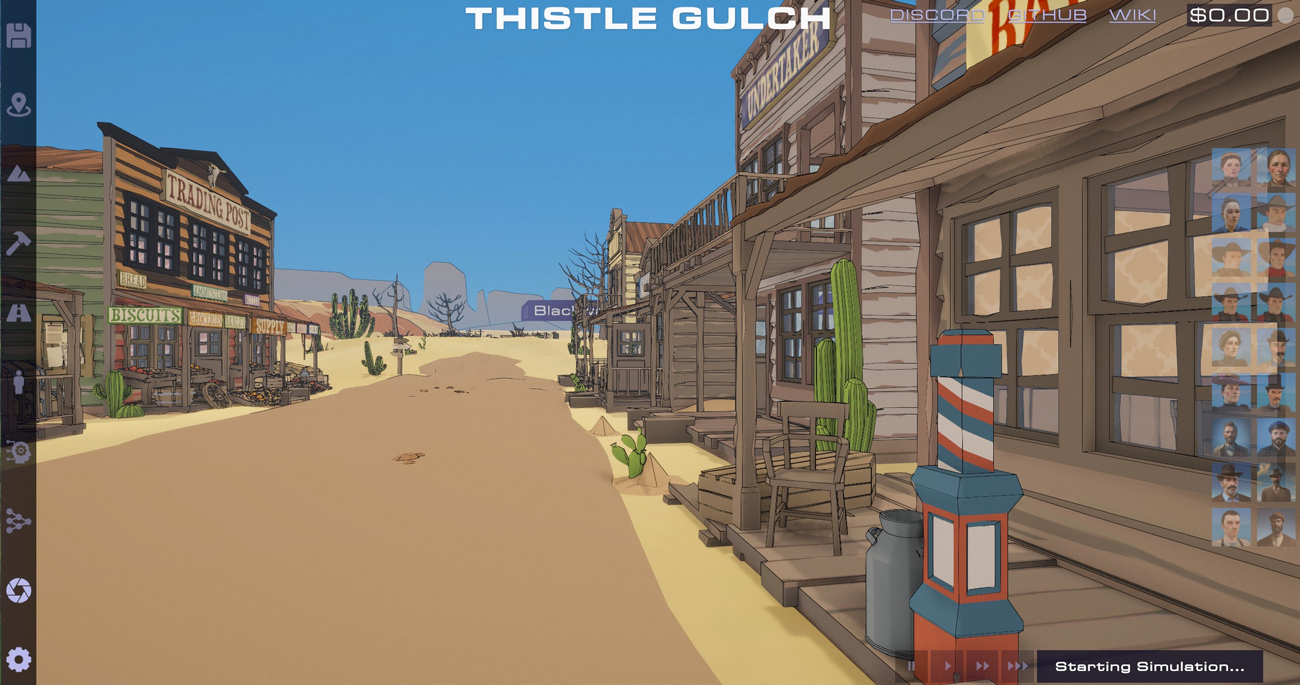
My personal favorite is the quirky open-source project Thistle Gulch. This is a game demo showcasing the use of AI to populate a fictional Wild West town with 15 characters, each with their own personalities.
The backdrop is a murder investigation, and the whole thing is powered by the ChatGPT 3.5 AI model. The project is very beta at the moment, with a fair number of bugs, but it’s a good example of where this kind of autonomous (or at least semi-autonomous) technology is likely to lead.
More from Tom's Guide
- Microsoft's new Phi-3 is one of the smallest AI models available
- Google Gemini on Android just tipped for huge real-time upgrade
- OpenAI is rumored to be dropping GPT-5 soon

Nigel Powell is an author, columnist, and consultant with over 30 years of experience in the technology industry. He produced the weekly Don't Panic technology column in the Sunday Times newspaper for 16 years and is the author of the Sunday Times book of Computer Answers, published by Harper Collins. He has been a technology pundit on Sky Television's Global Village program and a regular contributor to BBC Radio Five's Men's Hour.
He has an Honours degree in law (LLB) and a Master's Degree in Business Administration (MBA), and his work has made him an expert in all things software, AI, security, privacy, mobile, and other tech innovations. Nigel currently lives in West London and enjoys spending time meditating and listening to music.











